Sustainable construction | Materials, methods & examples
Construction has long been one of the biggest producers of carbon emissions, and with climate action ramping up, there is a pressing need for sustainability in the industry.
But what does sustainable construction actually involve? How can it be implemented at scale? And what are some examples to guide the industry? Find out below.
What is sustainable construction?
Learn about the three pillars of sustainable construction and the growing demand for sustainability within the industry.
Read MoreSustainable construction practices
Find out how sustainable construction is put into practice using forward-thinking methods and recyclable building materials.
Read MoreSustainable construction examples
Explore case studies of sustainable construction projects that offer a glimpse into the future of the industry.
Read MoreWhat is sustainable construction?
Sustainable construction is about minimising the negative impacts of construction projects and restoring the harmony between the built environment and the natural world.
Environmental considerations are key to sustainable construction, but it also encompasses social and economic factors like health and safety and resource efficiency.
Environmental sustainability in construction
Most discourse on sustainable construction focuses on the environment – a reflection of the industry’s historically poor climate record. With many countries now pledging to make construction carbon-neutral, the race is on to reduce the sector’s environmental impact.
Sustainable construction is a holistic process that aims to reduce emissions across a building’s lifecycle, from planning and construction to use and demolition. The most effective method for promoting environmental sustainability is the use of reusable materials.
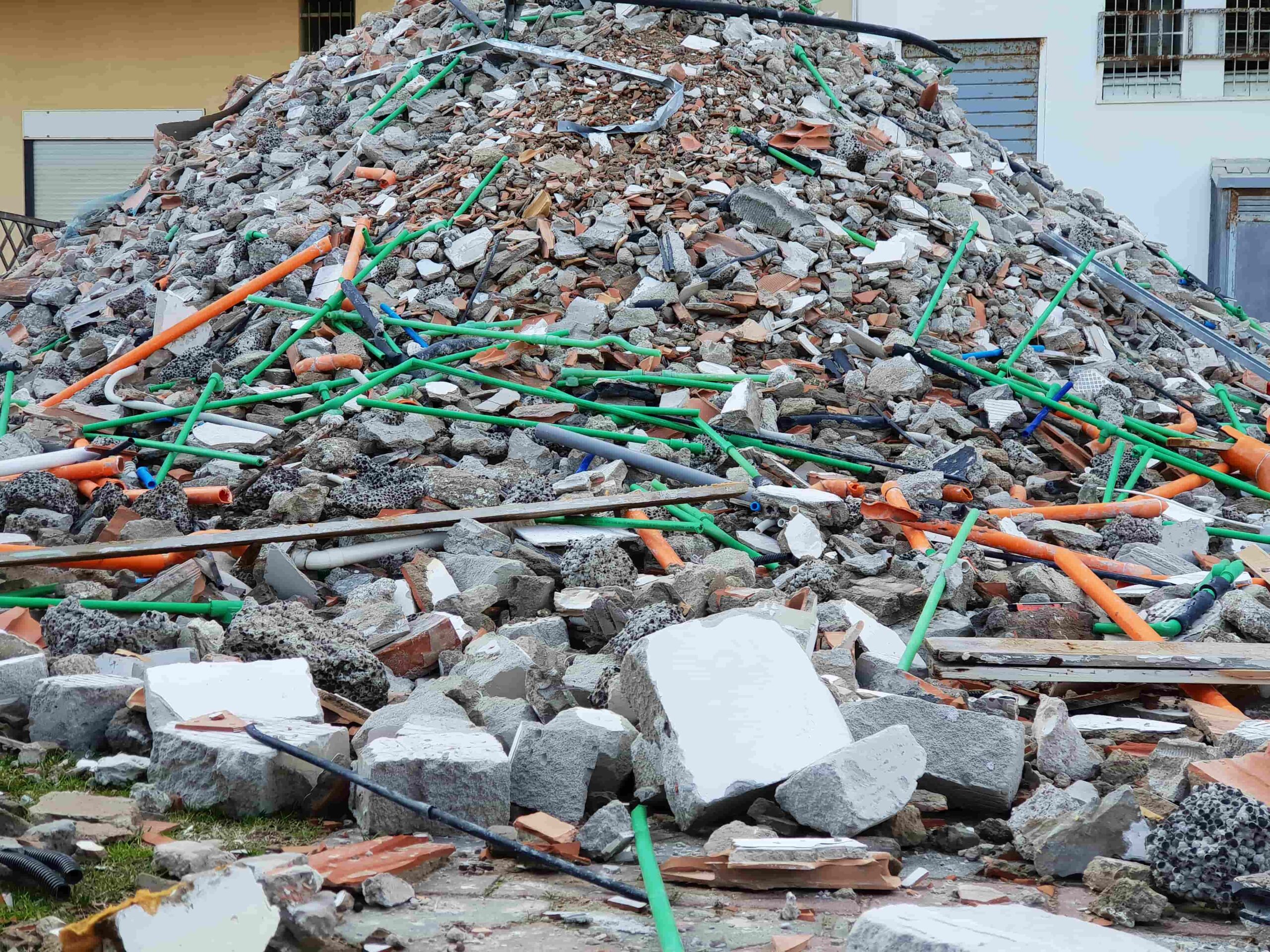
Learn more about the environmental impact of plastics below.
Social sustainability in construction
Social sustainability considers the community impacts of construction projects and their role in promoting the wellbeing of occupants. Generally, this means developing buildings and neighbourhoods that are safe, secure and inclusive.
While building safety standards have come a long way, harmful materials like plastics which contain toxic substances and pose fire safety risks continue to be used, jeopardising the social sustainability of construction projects.

Learn more about the fire risks of construction plastics below
Economic sustainability in construction
Economic sustainability is about finding a balance between the cost of a construction project and the value it provides to occupants. In many projects, cheap materials are used to save costs, but these can actually end up being more expensive due to repairs.
Another important aspect of economic sustainability is resource management. As the industry moves towards a circular economy, supply chains must align and use materials that meet current needs without compromising those of future generations.

Learn more about the value engineering methodology below
Why is sustainable construction important?
With building and construction accounting for 37% of global emissions, net-zero efforts depend largely on the industry’s ability to decarbonise. It’s also one of the biggest sectors for GDP and employment, meaning the social and economic impacts are vast.
Despite the pressing need for a sustainable shift, progress since the first climate commitments were made has been slow, with the UN noting a significant gap between the current state and the desired decarbonisation path in its latest industry report.
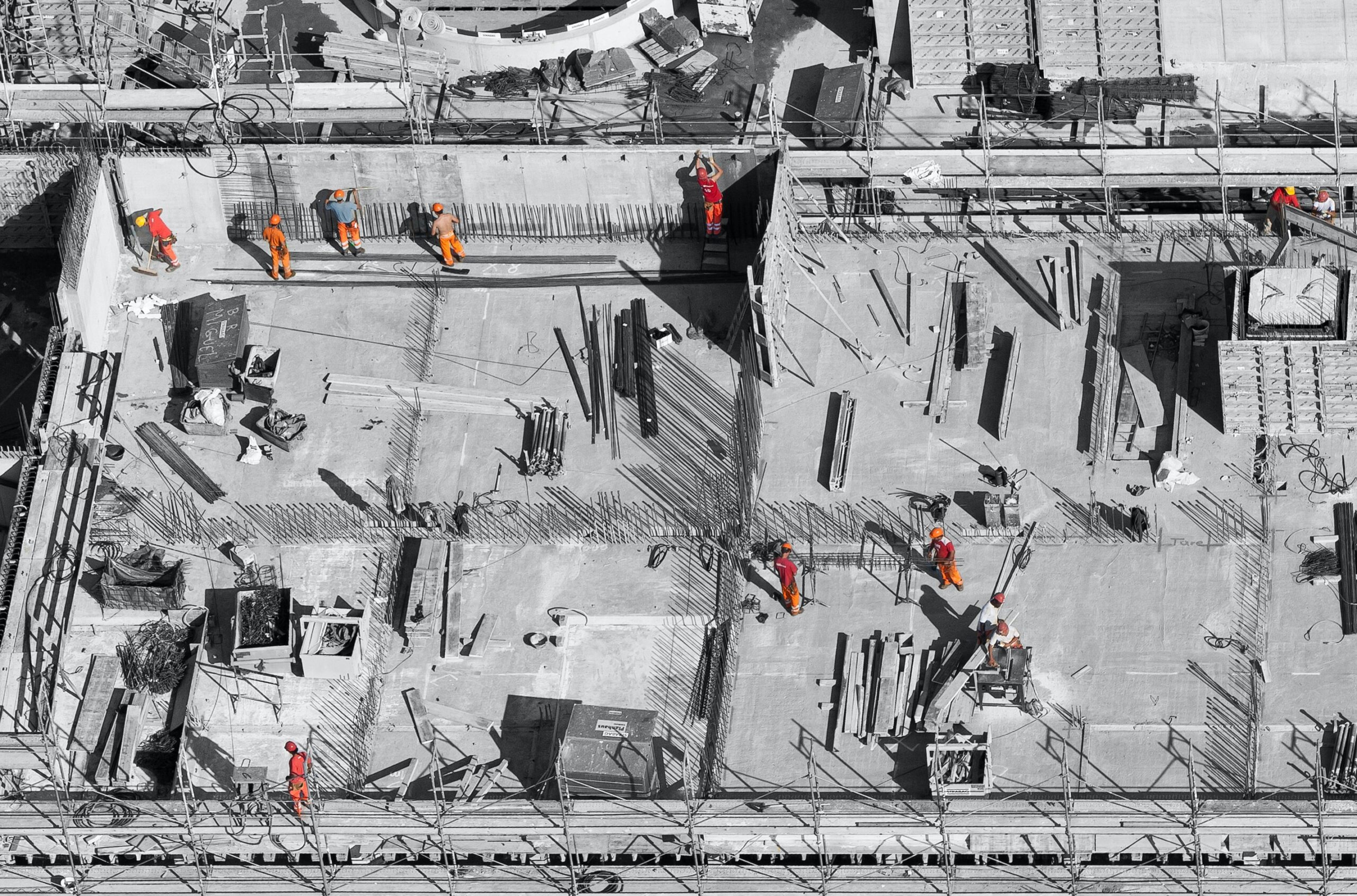

One of the main barriers to sustainable construction is the rising use of plastics. In recent decades, plastic products have become increasingly popular due to their low cost, replacing traditional materials like metals, wood and clay.
Unlike the materials they have replaced, construction plastics are rarely recycled at the end of their lifecycle. In addition, they present serious risks to fire safety and often need replacing much earlier, incurring higher costs over a building’s lifecycle.
Learn more about the rise of plastic in construction below.
Sustainable construction practices
There are many ways to make construction projects more sustainable, but which ones deliver the most impact? Below, we look at some of the most effective methods and materials for affecting change in the industry.
Sustainable construction methods
With sustainable construction methods in place, construction firms can ensure buildings are designed, constructed, and operated in a responsible way.
Some of the most impactful practices include carbon forecasting, energy-efficient design, water conservation, waste management and local supply chains.
Carbon forecasting
Embodied carbon is a useful benchmark for calculating the environmental footprint of a building across its full lifecycle.
By aggregating the embodied carbon of different materials and processes involved in a project, construction firms can gauge its overall impact and use this data to make more environmentally responsible decisions.
From product EPDs to the ICE database, there’s a growing number of resources that architects and specifiers can draw upon to ensure they are using sustainable materials.
Energy-efficient design
The operational stage of a project is responsible for the biggest share of emissions, so it’s vital that buildings are designed in a way that maximises energy efficiency.
There are numerous options for improving energy efficiency, ranging from proper insulation and tight building envelopes to smart building systems and passive solar design.
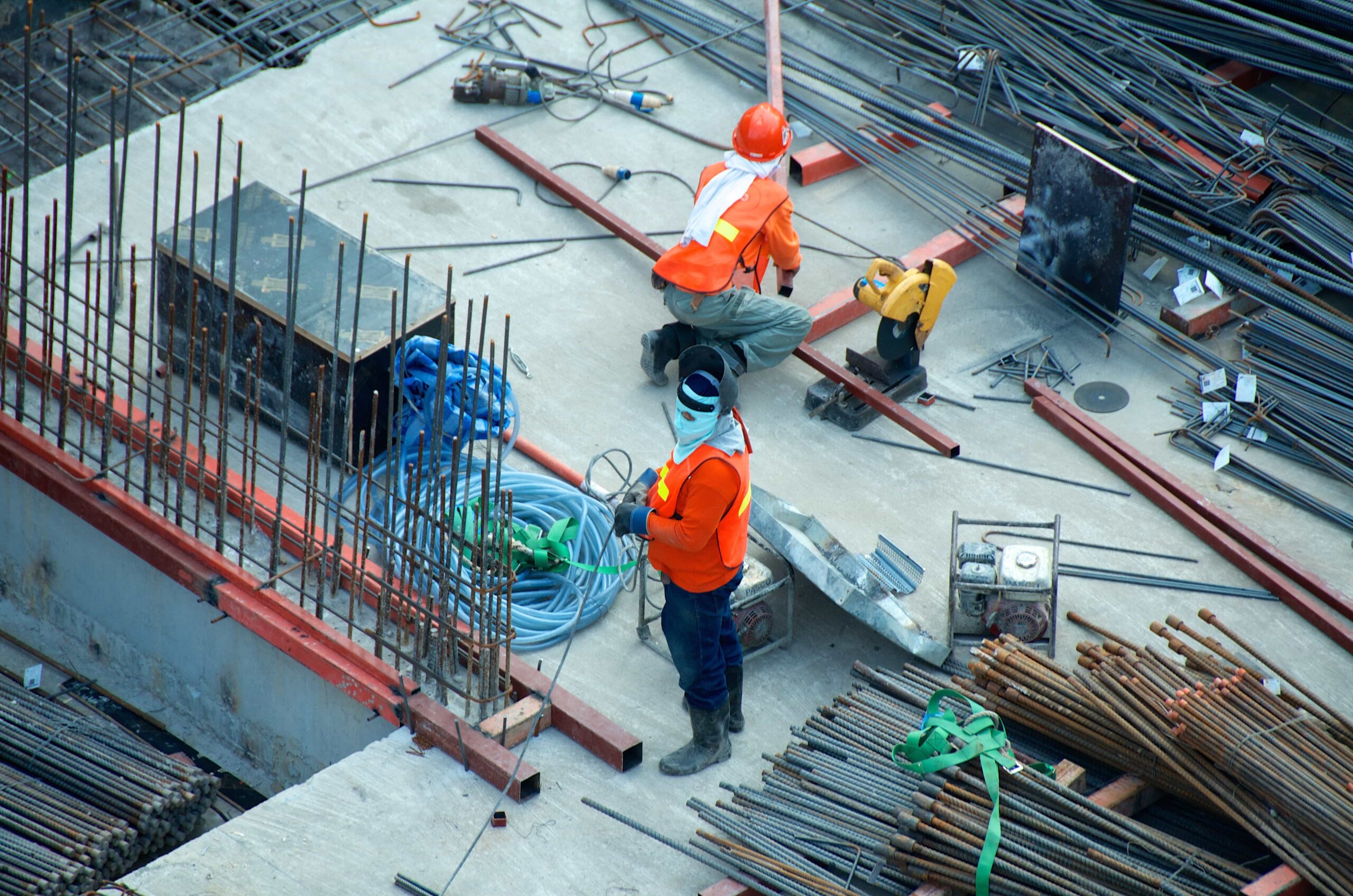
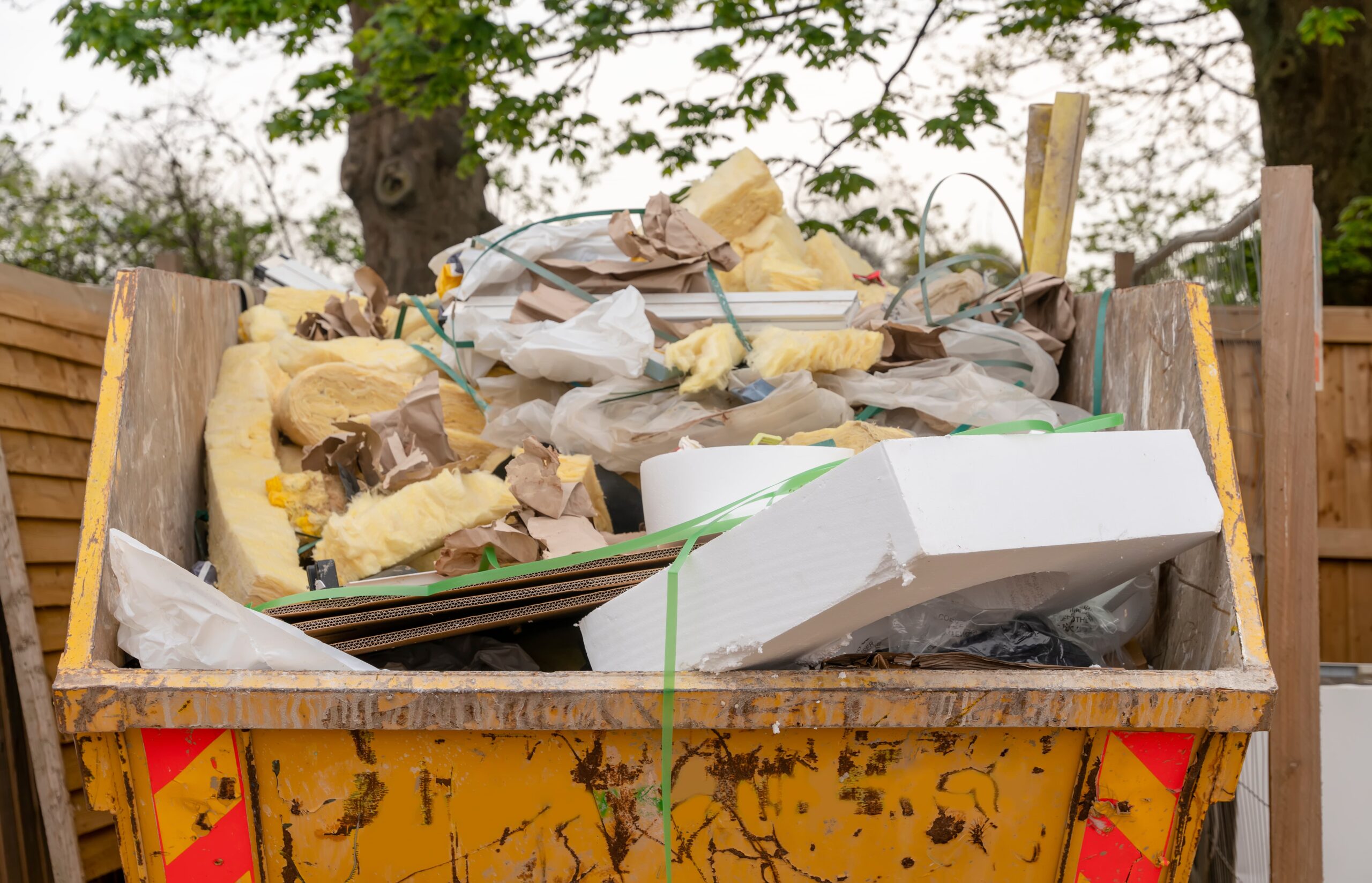
Water conservation
As with energy usage, water consumption from construction activities should be conserved. This not only applies to the operational stage but also to construction phase.
Low-flow equipment and greywater recycling systems can be used to save water on construction sites, while buildings can be fitted with rainwater harvesting technologies to reduce reliance on municipal water supplies.
Waste management
Vast quantities of waste are generated during construction, so it’s important that project sites have clear processes for collecting, separating and recycling unwanted materials.
Efficient supply chain management will help prevent overspending on materials and generating unnecessary waste. Where possible, prefabrication can also help reduce clutter on project sites.
Local networks
One often overlooked source of emissions associated with construction is the transportation of materials across the supply chain.
With this in mind, construction firms should look to build local networks of suppliers and scrap merchants for more efficient transport of materials and waste.
Learn more about sustainable construction practices below.
Sustainable construction materials
The biggest factor influencing the environmental impact of a construction project is the choice of materials, with one study attributing 82-87% of a building’s emissions to the embodied carbon of its materials.
Sustainable construction materials have a high recycled content and robust recycling rates as well as a low embodied carbon. Some examples are steel, iron, concrete, aluminium and copper.
Steel
Steel is one of the most widely used construction materials and has recycling rates between 80–90%, while the average recycled content in the UK is also high at 60%.
The alloy performs well in terms of embodied carbon, with components typically used for construction like steel sections and bars averaging 1.5–2 CO2e/kg.
Iron
Recycling rates for iron vary depending on the product but range from 52–90%, with recycled content generally around 28–52%.
Embodied carbon of iron is slightly higher than steel but still modest relative to most construction materials at 2.03 CO2e/kg.

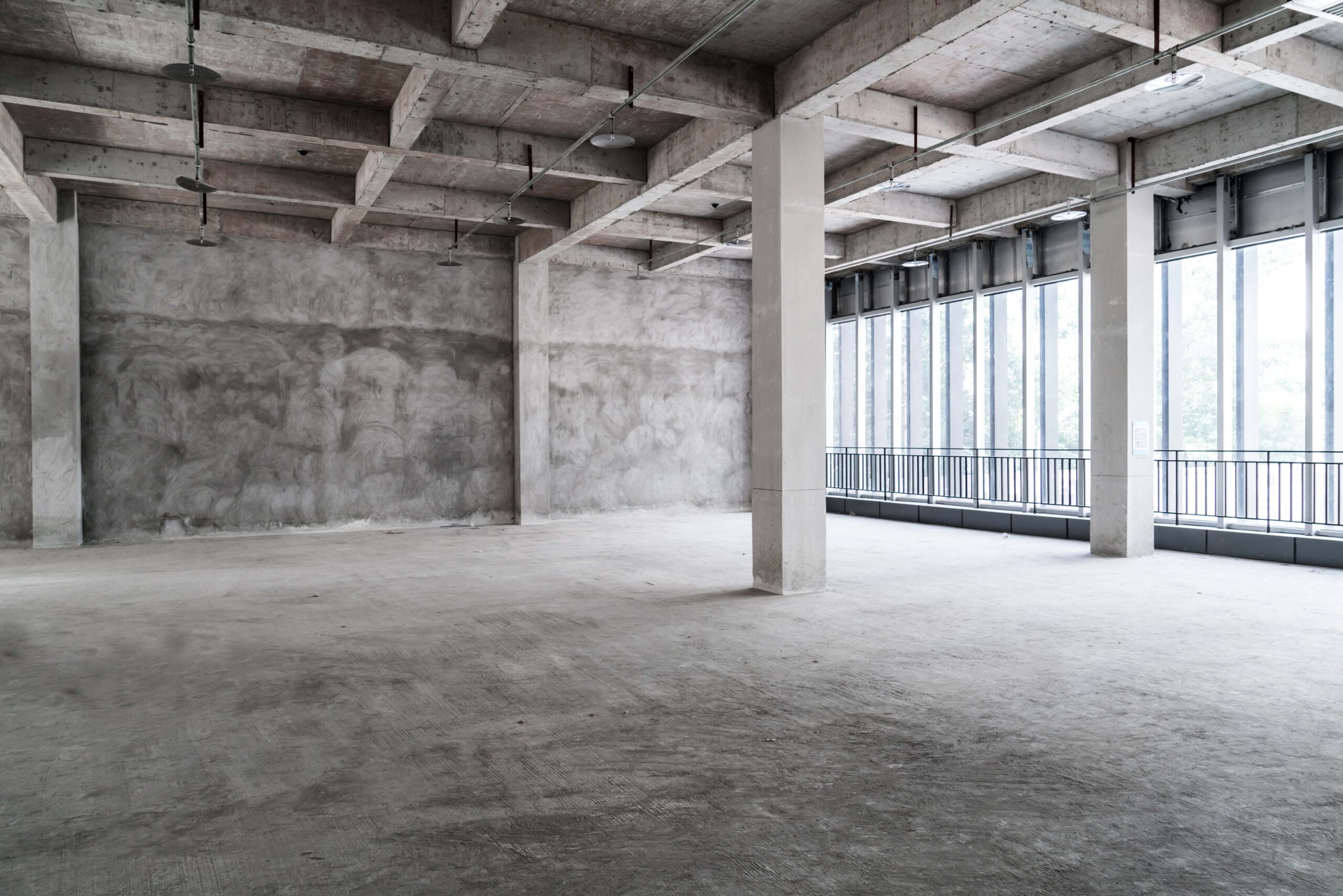
Concrete
Concrete – another widely used construction material – can be recovered from old buildings and crushed to make recycled concrete aggregate.
The likes of Germany and the Netherlands have recycling rates of over 90% for mineral building waste, while concrete has an especially low embodied carbon at 0.103 CO2e/kg.
Aluminium
Aluminium has one of the highest recycling rates of any building material. In Europe, the recycling rate from construction activity is estimated at 92–98%.
However, with an embodied carbon of around 6.67 CO2e/kg, the emissions associated with the production of the metal are fairly high.
Copper
Copper is a highly versatile building material with recycling rates of around 70% in Europe, though specifically within construction this figure is likely to be higher.
The red metal performs well in terms of embodied carbon with recycled copper tubes and sheets generating 0.84 CO2e/kg.
Find out more about sustainable construction materials below.
Sustainable construction examples
Amid rising demand for sustainability within the construction industry, we are starting to see an increase in projects that incorporate environmentally responsible methods and fully reusable materials.
From low-carbon modular homes and a plastic-free apartment complex to a community-oriented museum made from recyclable materials, here are three examples of sustainable construction projects.
GreenSquareAccord CHARM development
The construction sector’s growing reliance on plastic products has hindered wider industry efforts to introduce more environmentally friendly practices, while also introducing new health and safety risks.
One of the first projects of its kind, GreenSquareAccord’s CHARM development in Redditch pushes back against the rising use of plastics in favour of fully recyclable materials.
Set in the grounds of a former factory car park, the block houses twelve one-bedroom flats and incorporates 125 tonnes of recycled materials, often where single-use products would typically be used.
The property uses 85% plastic in its construction compared to usual projects of its size. One area where plastics were replaced with sustainable materials is the plumbing, with fully recyclable copper pipes used to provide each flat with water.
The development was widely hailed for its innovative approach to housebuilding and received £1.2m in EU funding from the Interreg North-West Europe funding partnership, paving the way for more projects of its kind in the future.
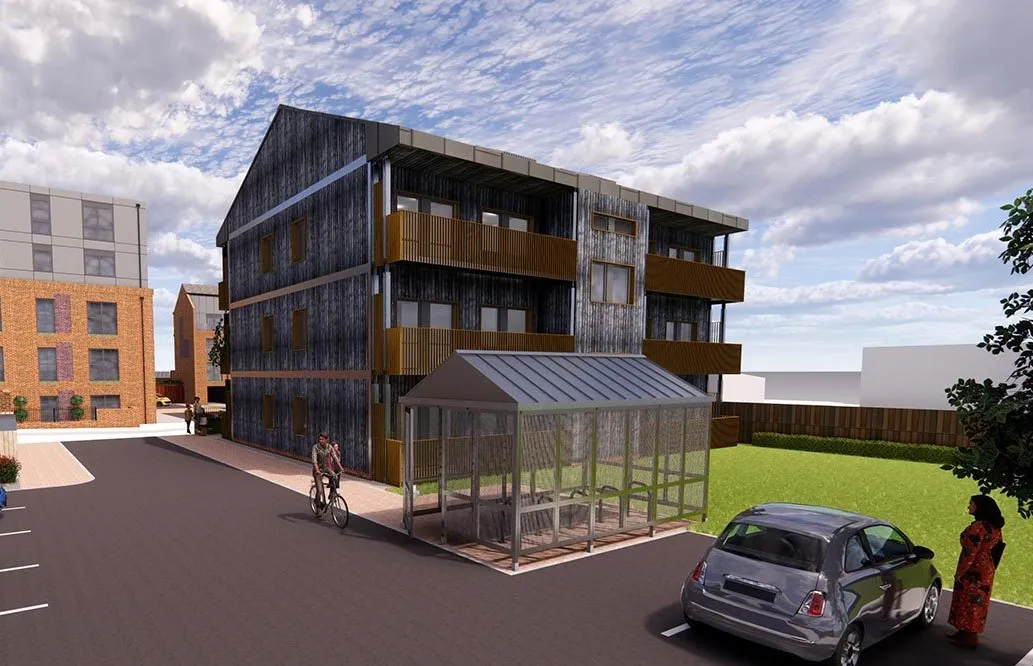
Learn more about the CHARM project below
Forest Road SNUG Homes development
Along with environmental impact, housing affordability represents one of the main challenges facing the construction industry and is key to delivering both social and economic sustainability.
Setting out to build a new type of affordable home with minimal environmental impact, housing developer SNUG Homes designed a custom-built, net-zero home at its Forest Road site.
The development is a two-storey, one-bedroom home that measures 44m² and is designed to fit into back gardens or leftover plots, helping to provide affordable new homes and improve urban areas.
With an energy rating score of 98 out of 100, the modular home has an array of sustainability features, including solar panels, triple glazing and insulation made from recycled newspapers.
Copper pipes are also integrated with the solar-assisted heat pump system to deliver heating and water to the home, with the strong thermal efficiency of the piping material helping to minimise heat loss.
Most of the build took place off site, limiting the impacts of construction work on residents while also allowing SNUG Homes to more closely monitor the health and safety of workers, in turn reducing the risk of accidents.
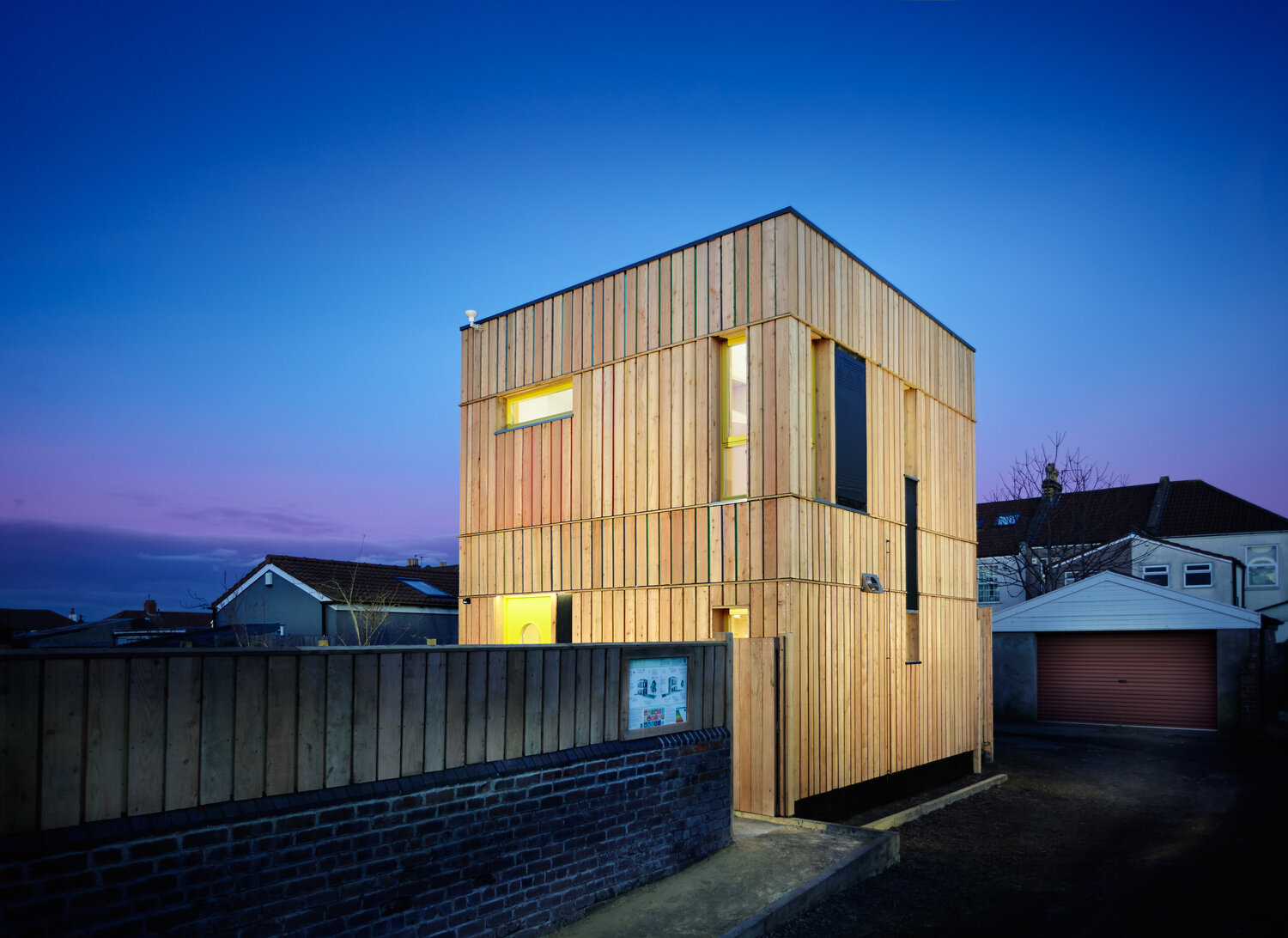
Learn more about the SNUG project below.
Museum of Medical History and Innovation
The first purpose-built museum hospital in the USA, Boston’s Museum of Medical History and Innovation showcases the evolution of medicine and surgery at Massachusetts General Hospital.
Conceptualised as a community space, the museum has two floors for exhibitions, giving visitors the opportunity to learn more about one of the city’s most historic institutions.
It also features a rooftop garden, providing a space for patients, researchers and staff to get together. Equipped with various sustainability features, the roof has pervious site paving and planting to absorb storm water.
One of the most distinctive features of the build is its gleaming copper exterior. The highly durable, maintenance-free cladding is made from copper with a recycled content between 80–95%.
The copper-coloured fritted glazing provides strong insulation while allowing natural light to penetrate the building. Elsewhere, interconnected design between the museum’s two main interior spaces helps to reduce heating and cooling loads.
Discover more sustainable construction projects below
Building towards a sustainable future
With the clock ticking on net-zero targets, the onus is on architects, engineers and surveyors to incorporate more sustainable construction practices and prioritise reusable materials.
From plumbing and cladding to roofing and interior elements, copper is one of the most versatile building materials around and as a fully recyclable resource has a big part to play in this shift.
Want to learn more about the key role of copper in sustainable construction? Check out our news section or subscribe to our newsletter!
Frequently asked questions
What is sustainable construction?
Sustainable construction aims to reduce the environmental, social and economic impacts of the construction industry. This typically involves using recyclable building materials, improving energy efficiency and reducing waste.
Why is sustainable construction important?
Sustainable construction is critical to the global climate effort as the construction sector has one of the biggest environmental footprints of any industry. Without a shift in construction, progress made in other areas will fall flat.
How can construction be more sustainable?
There are various ways to make buildings more sustainable, but the most influential factor is the materials used in their composition. Single-use products like plastics should be avoided in favour of fully recyclable materials like copper, steel and aluminium.